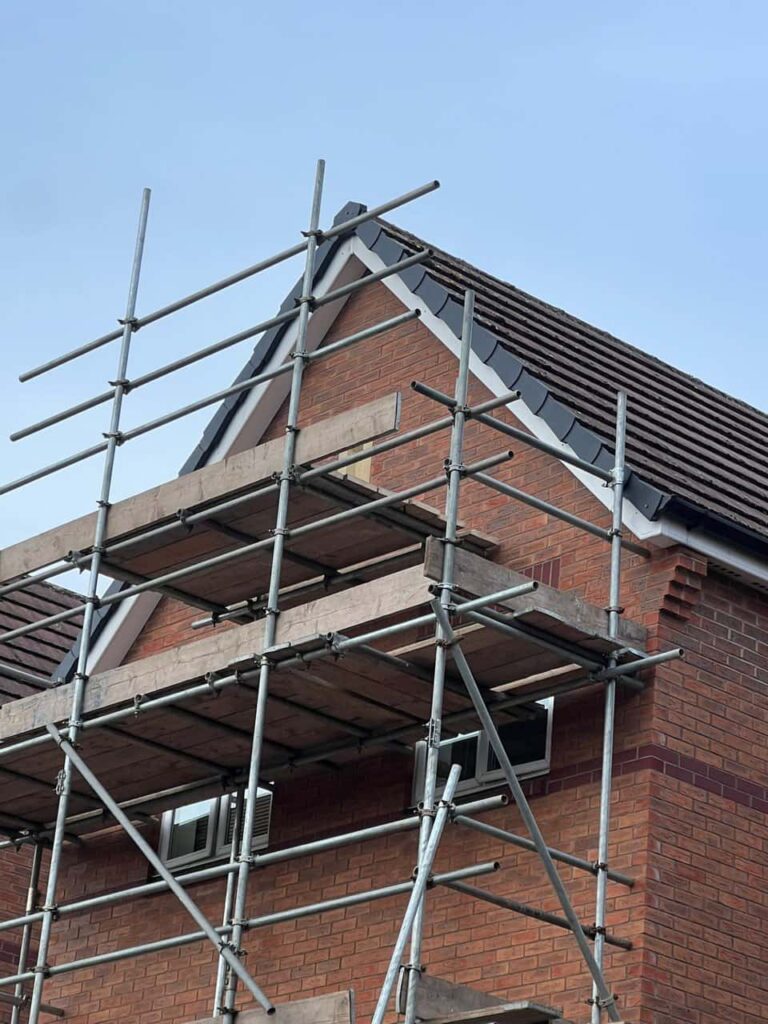Introduction: Flat roof extensions and additions have become increasingly popular in modern architecture due to their sleek aesthetics and versatile design possibilities. Whether you are planning to add an extension to your home or incorporate a flat roof into a new construction project, carefully considering design elements is essential for achieving functionality and aesthetic appeal. In this blog post, presented by Sutton in Ashfield Roofing Repairs, we’ll explore key design considerations for flat roof extensions and additions to help you create a space that meets your needs and enhances the overall architecture of your property.
Structural Integrity:
- The structural integrity of a flat roof extension is paramount to its long-term performance and safety. Work with a qualified structural engineer to assess the load-bearing capacity of your existing structure and determine the appropriate support system for the flat roof extension. Consider factors such as snow loads, wind loads, and the weight of any additional fixtures or equipment installed on the roof.
Drainage and Waterproofing:
- Effective drainage and waterproofing are essential for preventing water infiltration and protecting the integrity of the flat roof structure. Ensure the design incorporates adequate slope to promote proper water runoff and prevent ponding. Additionally, select high-quality waterproofing materials and detailing techniques to create a watertight seal and minimise the risk of leaks and water damage.
Thermal Performance:
- Flat roof extensions can be prone to heat loss and thermal bridging if improperly insulated. Prioritise thermal performance by incorporating high-performance insulation materials into the roof assembly and ensuring a continuous thermal barrier throughout the structure. Consider options such as rigid foam insulation, spray foam insulation, or insulated roof panels to achieve optimal energy efficiency and comfort.
Access and Maintenance:
- Access and maintenance considerations are often overlooked but are crucial for ensuring the longevity and usability of a flat roof extension. Incorporate access points such as roof hatches or access doors to facilitate routine inspections, maintenance, and repairs. Additionally, consider the placement of rooftop equipment and fixtures to allow for easy access and serviceability when needed.
Aesthetic Integration:
- A flat roof extension should seamlessly integrate with the property’s existing architecture to create a cohesive and harmonious design. Consider the materials, colours, and finishes used on the flat roof to complement the surrounding structures and enhance curb appeal. Pay attention to parapet walls, fascia treatments, and trim elements to achieve a polished and cohesive aesthetic.
Conclusion: Designing a flat roof extension or addition requires careful consideration of structural, functional, and aesthetic factors to ensure a successful outcome. By prioritising structural integrity, drainage and waterproofing, thermal performance, access and maintenance, and aesthetic integration, you can create a flat roof extension that enhances your property’s usability, comfort, and beauty.
Call us on: 01623 708 985
Click here to find out more about Sutton in Ashfield Roofing Repairs
Click here to complete our contact form and see how we can help with your roofing needs.

